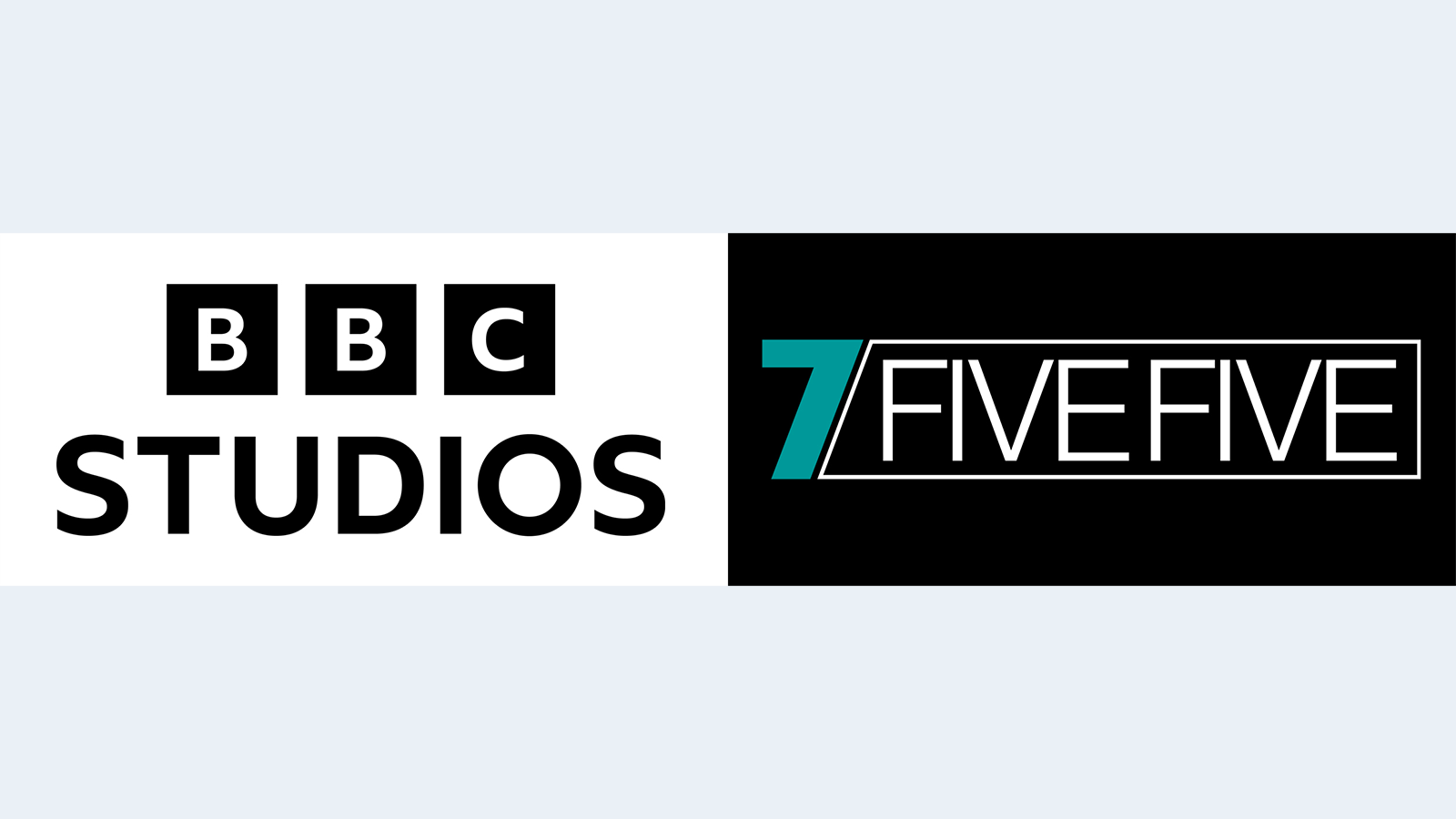Russian pay TV comes of age with child protection as boom continues
Rapid expansion in Russian pay TV has led to growing concerns over child protection as new measures come into force from the communications regulator.
The Russian pay TV market will grow by 31.5 percent from 28.6 million households at the end of 2011 to 37.6 million by 2016, according to research by J’son & Partners Consulting. The 2011 figure in turn represented an increase of 22.2 percent on the previous year, so the prediction is for subsiding but still steady growth. But as elsewhere cable TV is expected to decline in favor of satellite and IPTV.
In 2011, cable accounted for 63 percent of pay TV subscribers, down 7 percent over the year, while satellite rose slightly to 32 percent and IPTV climbed to 5 percent. Market leader was DTH operator Tricolor TV, adding 2.1 million customers in 2011 and almost another 2 million this year to reach 11 million now. This makes Tricolor TV the third-largest DTH operator in the world.
Meanwhile though, Russian operators are struggling to implement new child protection warnings imposed by the regulator Roskomnadzor, which could cause them to breach copyright regulations that prohibit tampering with content. The rules require Russian service providers to ensure that adult content comes with child-protection warnings displaying age restrictions on the screen. But, service providers have responded by arguing that they cannot legally superimpose graphics onto third party content, partly because of cost but chiefly because this would infringe copyright in many cases.
The new regulations coincide with Russia joining the Hague Convention on Parental Responsibility and Protection of Children in May 2012.
Get the TV Tech Newsletter
The professional video industry's #1 source for news, trends and product and tech information. Sign up below.
